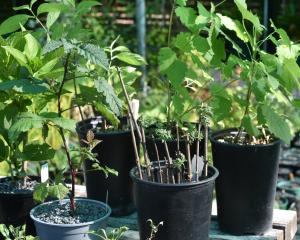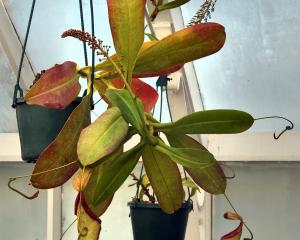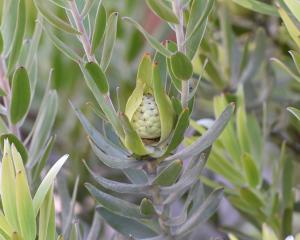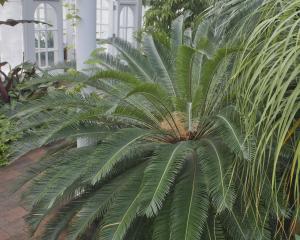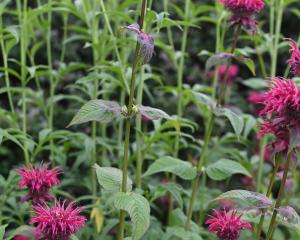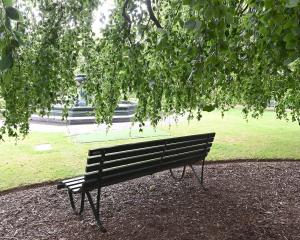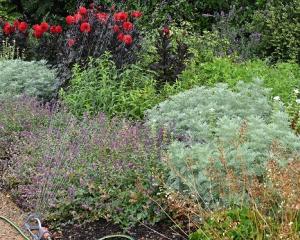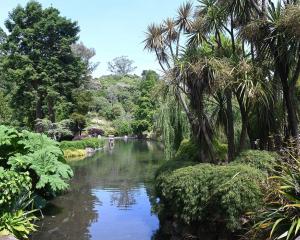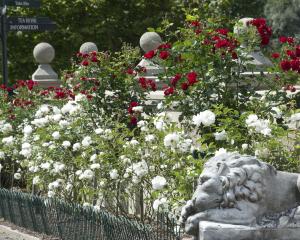
A prime example is the winter rose or hellebore. Similarly, "rock rose" can refer to any member of the Cistaceae family which includes Cistus, Helenium and Helianthemum.
The word Helianthemum is derived from the Greek words for sun — helios — and flower — anthemon. The simple flowers with prominent stamen actually come in a rainbow of colours from white to shades of yellow, pink, orange and red. Some selected forms have double-petalled flowers. Each individual flower is not long lived, but one plant produces masses of flowers throughout late spring and summer.
All the Cistaceae family grow in dry, sunny habitats, often in poor soil, making them very useful garden plants. They attract bees and butterflies and are known to have a symbiotic relationship with some types of fungi including, in some cases, truffles.
Several Helianthemum species, their hybrids and cultivars are commonly grown on rock gardens, their prostrate growth creating cascades of colour.
There are numerous plants of many different colours flowering at present throughout the rock garden at Dunedin Botanic Garden. Bright yellow Helianthemum nummularium is growing not far from the northernmost Lindsay Creek bridge.
Garden Life is produced by Dunedin Botanic Garden. For further information contact Robyn Abernethy.




